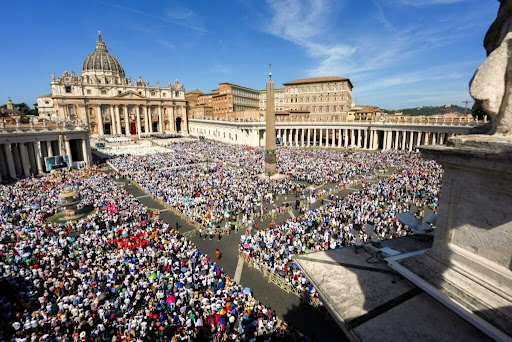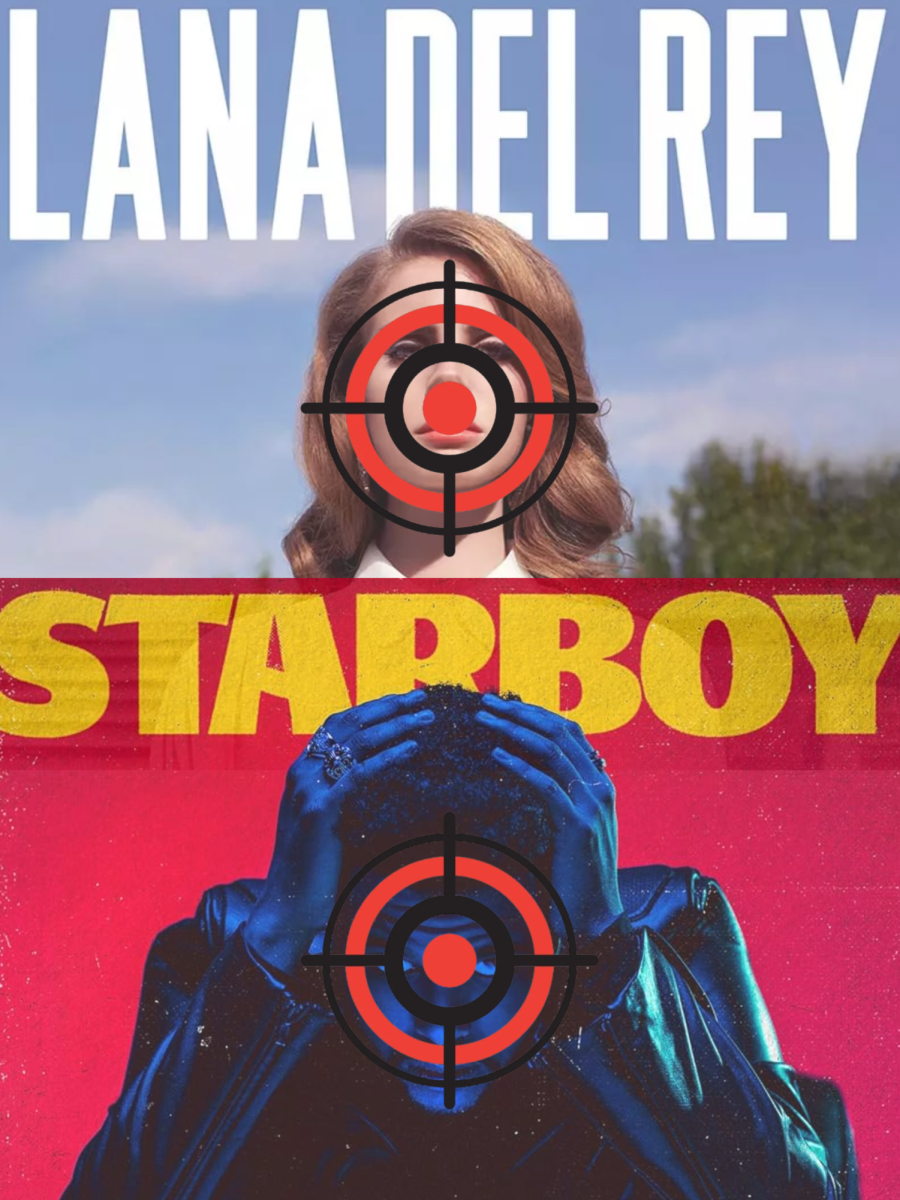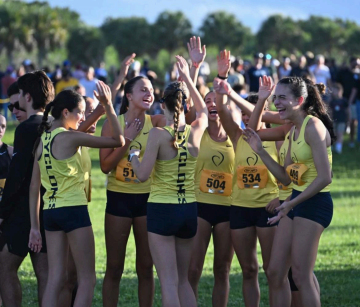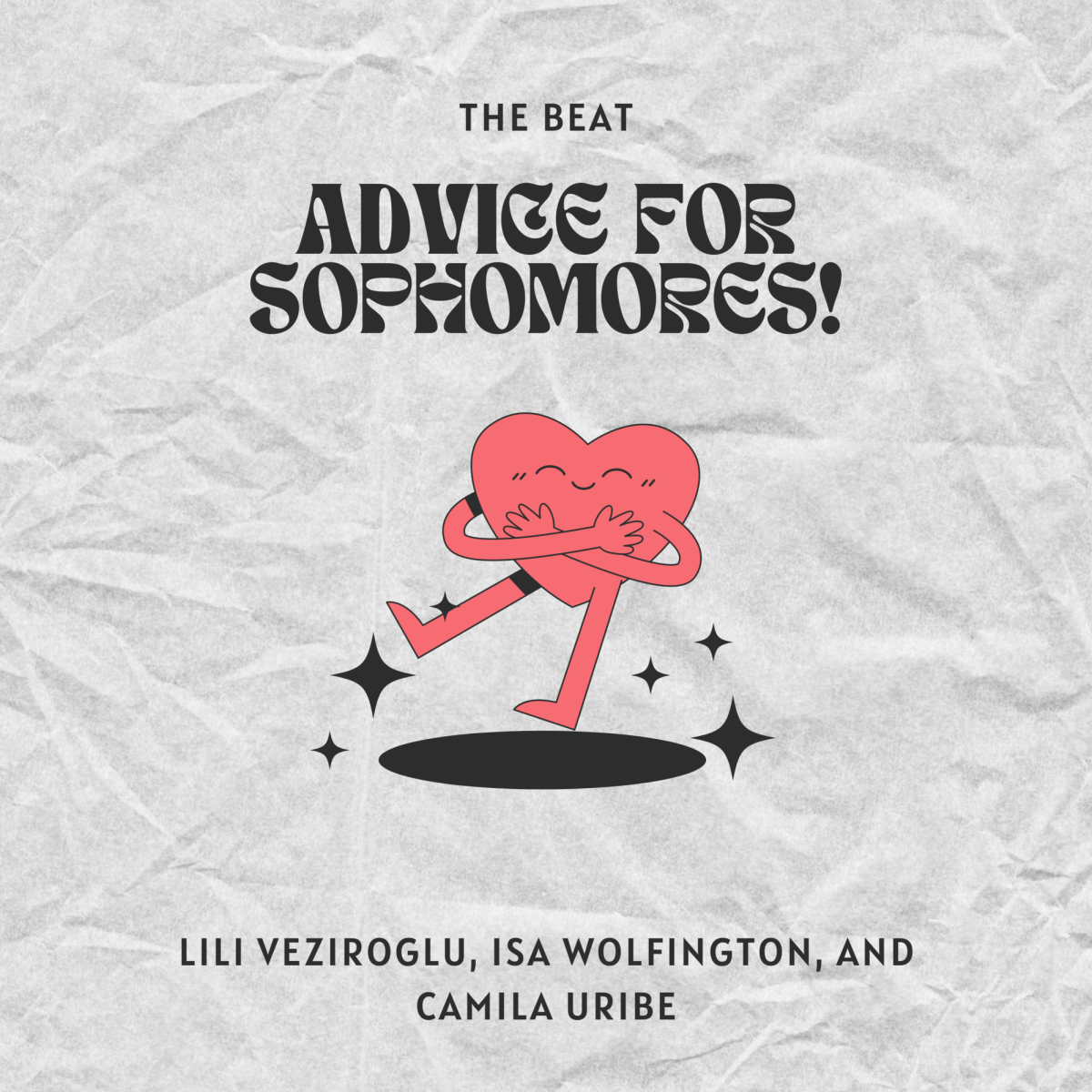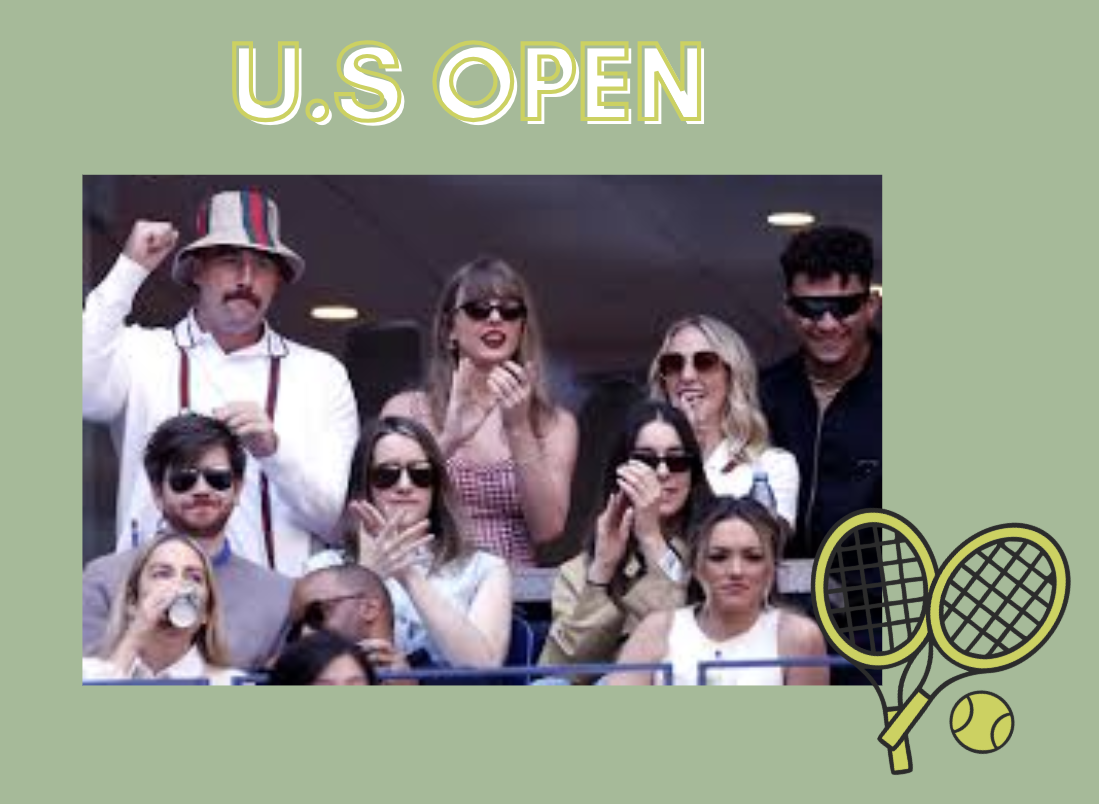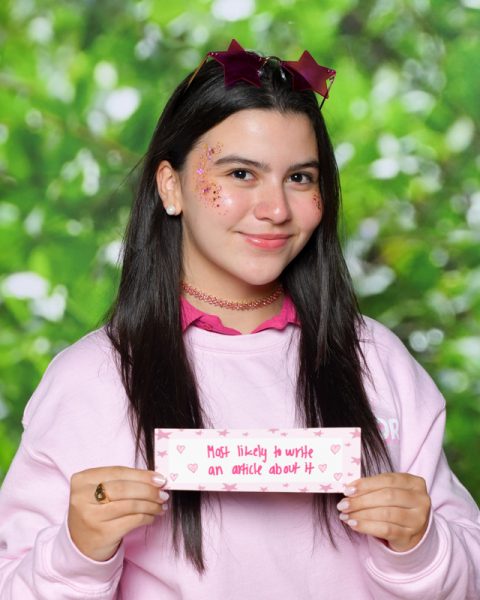Carrollton’s Model United Nations club traveled to Washington, D.C to compete at the 59th annual North American Invitational Model United Nations Conference (NAIMUN).
Who knew pretending to be a country racing to sign a treaty or write a resolution could be one of the most popular extracurricular activities among highschool students all over the world?
On February 16th, Carrollton students arrived in Washington, D.C prepared to negotiate with thousands of teenagers from all over the world on complicated issues, ranging from the nationalization of the Panama canal to the crisis of climate change. Although these issues may not sound interesting to some, students found a way to make these debates a challenge worth conquering.
Today, the United Nations is at the top of the news due to the war on Ukraine. Since most nations fear an escalation of the war if they participate militarily, most member nations are imposing strict sanctions on Russia and pursuing other ways to impact the Russian economy. The importance of the United Nations is more apparent now than ever before. It is crucial that the diplomats of tomorrow get the opportunity to practice their negotiation skills to prepare for potential future conflicts.
The Model United Nations club here at Carrollton led by president Paolina Salas ‘22, has reached a record number of members this year. The club is made up of 29 Upper School students, with 19 of them attending the conference this February. Students began researching in late 2021 and writing papers learning about the country to which they were assigned.
At the conference, students were divided into different committees. General Assemblies tend to be the largest with over 200 students in one committee, while Crisis Committees usually have no more than 20 students. Over the course of four days, each committee met to find a solution to their problem. For example, in the committee El Destino De Los Panamenos, we were tasked with negotiating the fate of the Panama Canal. Since it was a Crisis Committee, the chairs, Georgetown students overseeing the debates, constantly threw different obstacles that forced all members to collaborate. They would burst in the room in the middle of intense negotiations and present a random development which was designed to add additional challenges to our process. At one point, a Category 5 hurricane was threatening the region around the Panama Canal. We had to combine forces,solve these issues and form a treaty. Ultimately, the treaty I wrote with the help of two other delegates which we called the GCF Treaty (Gradual, Collaborative, Fair) was passed during our last committee meeting. Our treaty established free Catholic education in the Panama Canal Zone, as well as a peace agreement with the United States.
However, the real prize was not the satisfaction of earning the majority votes, rather it was the friendships that we formed that weekend. My committee was composed of boys and girls from Puerto Rico, Spain, India, New York City, Costa Rica, and more. The variety of countries represented in the conference made the experience more realistic and rewarding. In fact, I still talk to several of my friends from the conference almost every day.
As war rages in Ukraine, the United Nations is a critical source of diplomacy. We must ensure that future generations are ready to debate and promote peaceful solutions. Model United Nations provides the perfect opportunity to set young diplomats up for success. After all, we are the ones who will be here to solve tomorrow’s problems.

